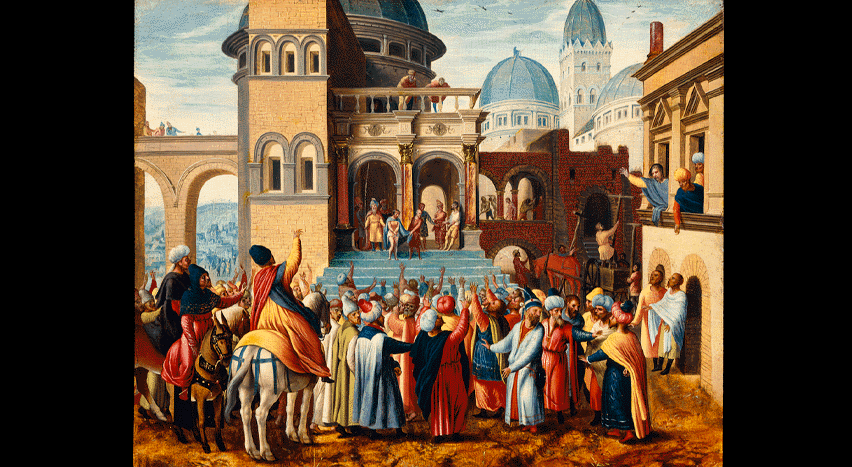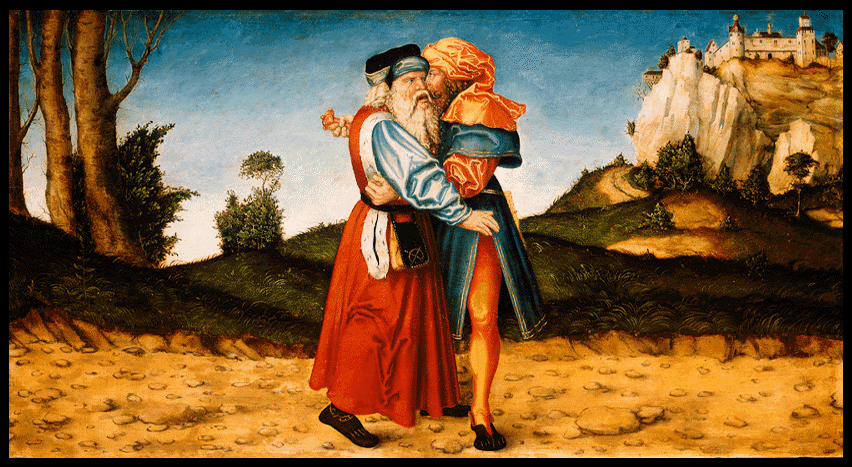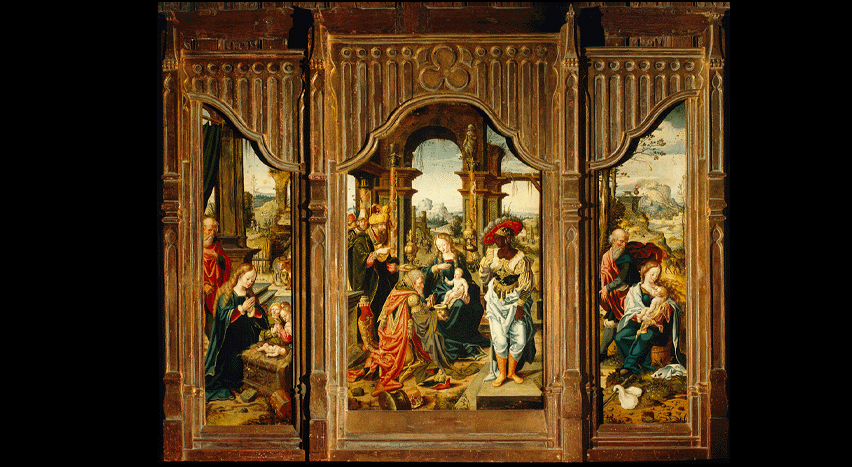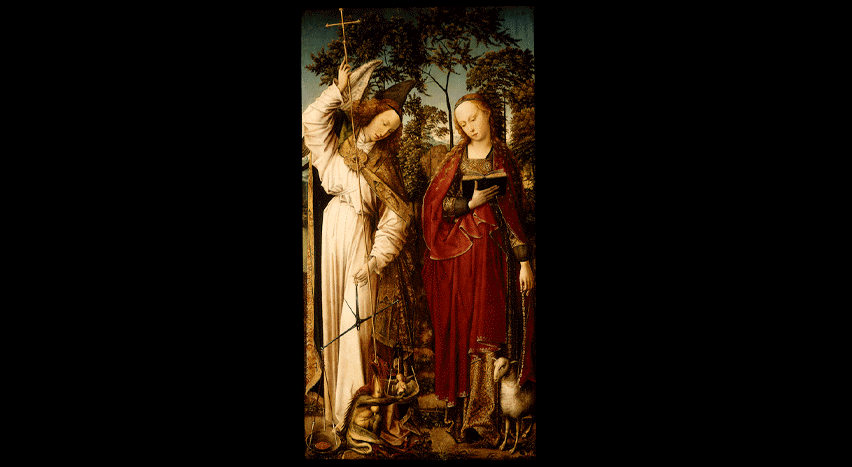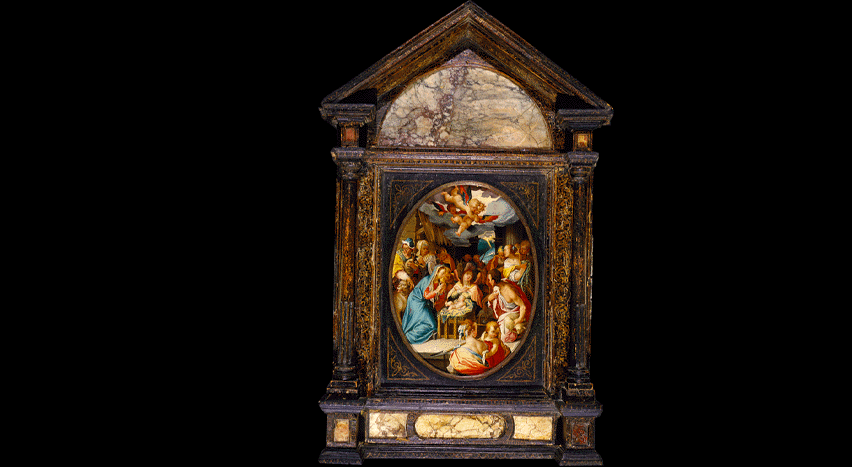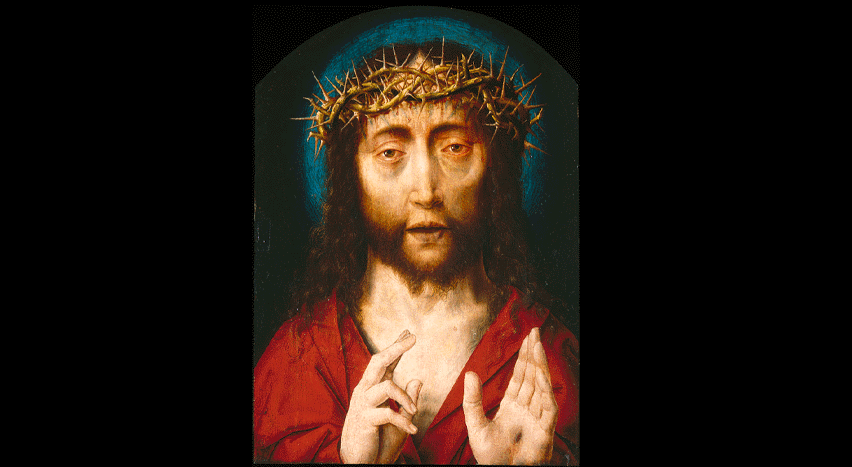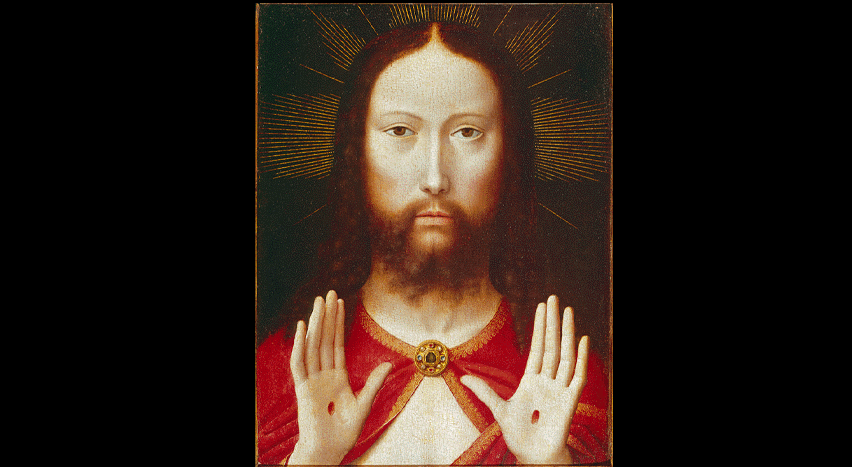Northern Renaissance
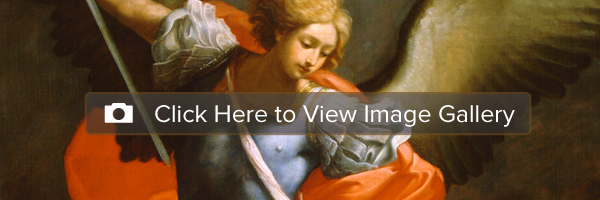
The first principality in Northern Europe to emerge culturally from the devastating ravages of medieval times was the Duchy of Burgundy. By 1425 the Burgundian provinces of Flanders (now Belgium) and Holland rose as the centers of artistic innovation. Flanders produced the most commercially viable towns–Bruges, Ghent, Antwerp and Brussels. Of these cities, Bruges emerged as the artistic center of the century. For example, the van Eyck brothers established themselves in Bruges as the greatest artists of the period. Their pictorial achievements blended the artistic elements of space, color, and perspective with a realistic technique that brought nature into focus with unprecedented detail.
The heightened sense of realism resulted largely from the use of oil pigments instead of tempera and egg yolk. The attention to detail in early Flemish painting derives in part from the artists’ heritage as book illuminators, in contrast to Italian artists whose heritage consisted of monumental frescoes.
